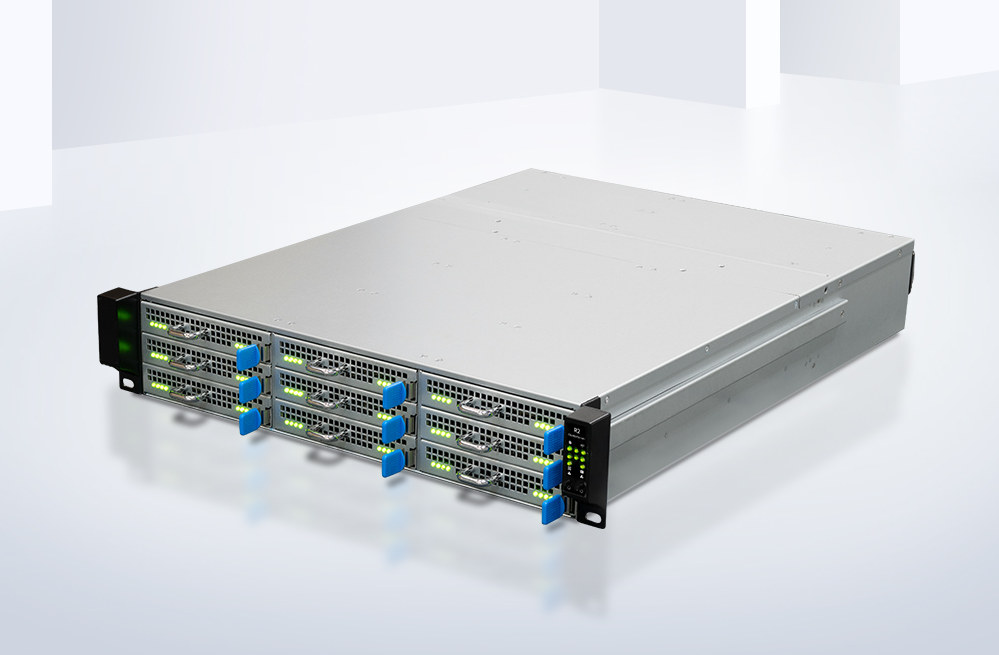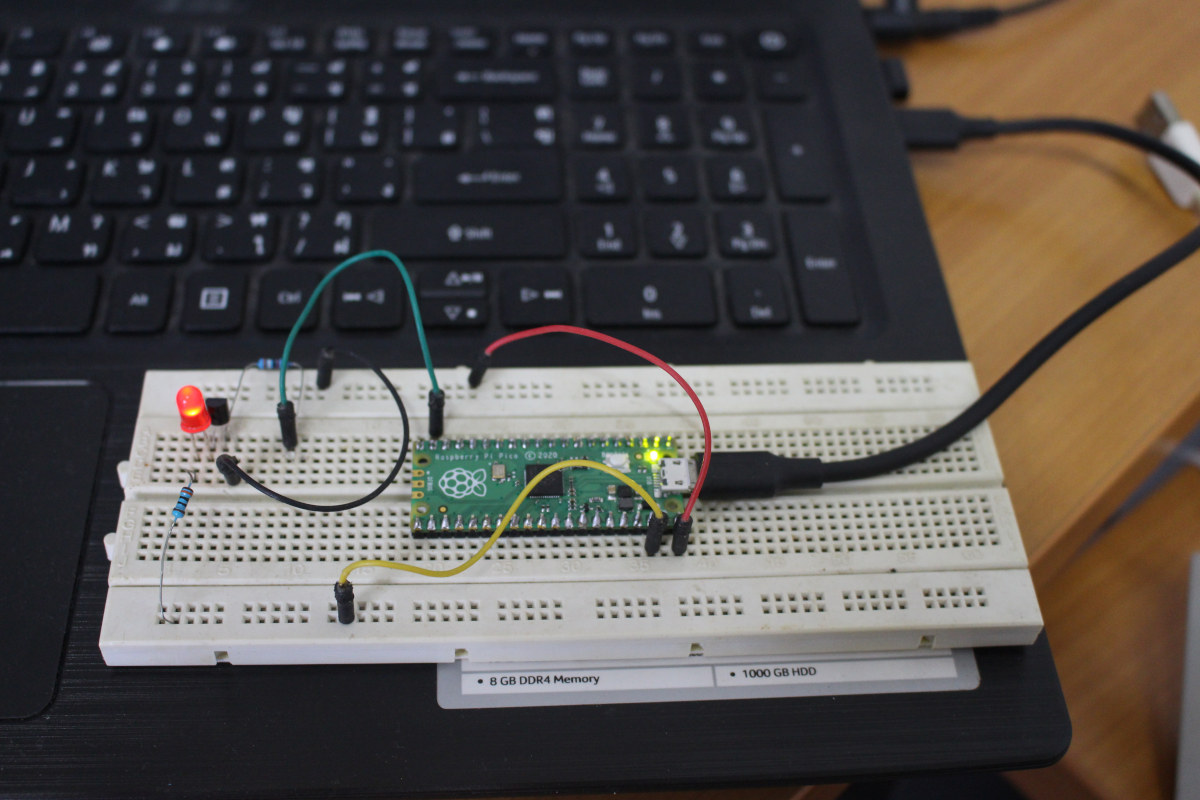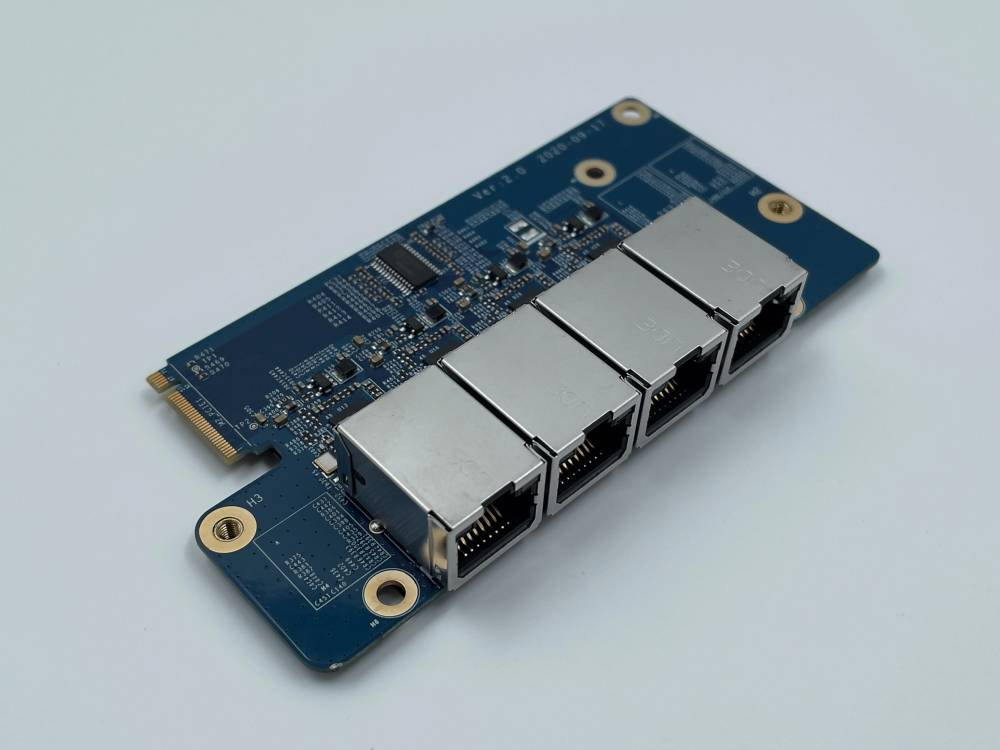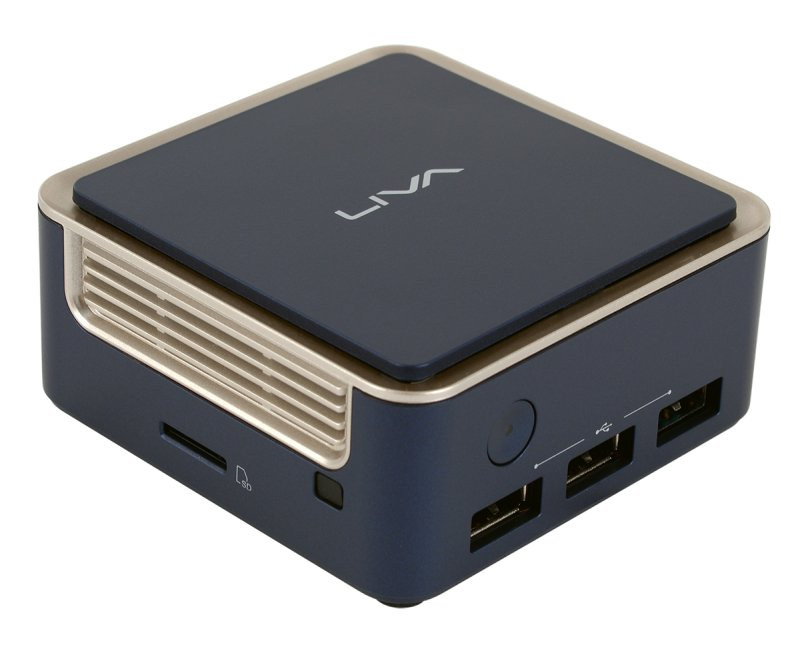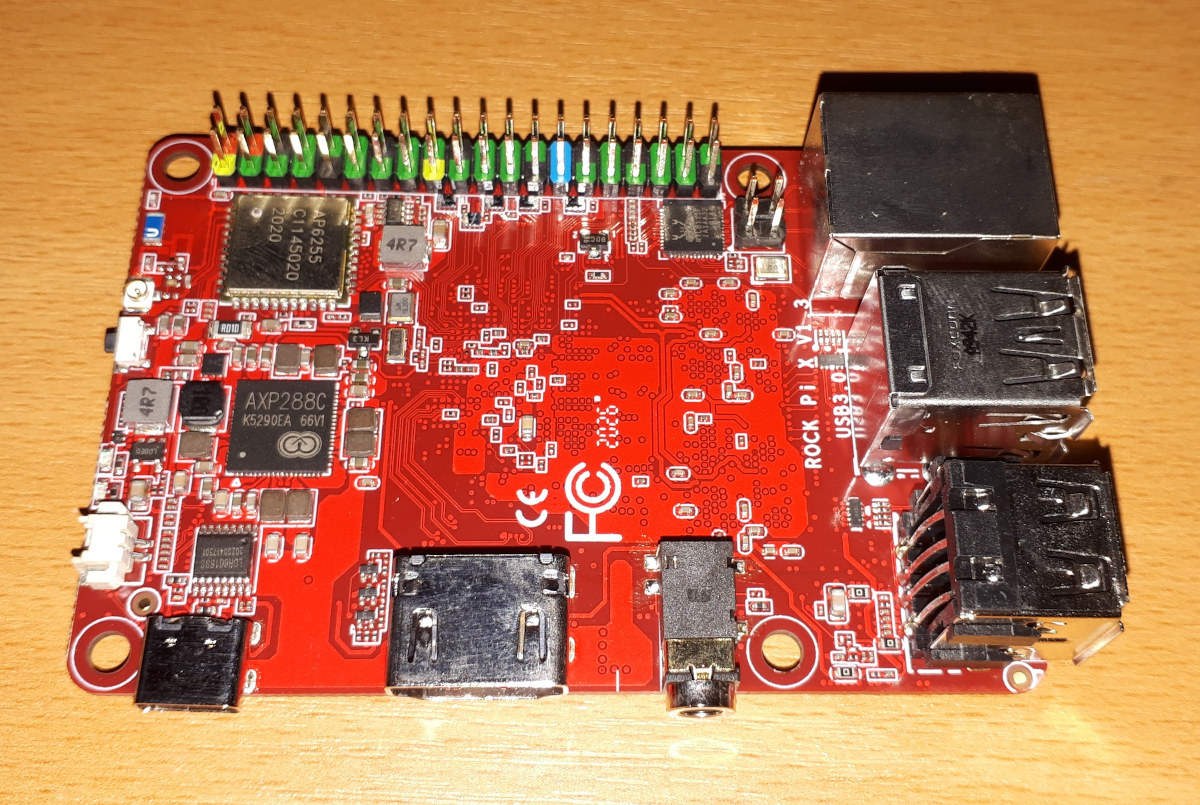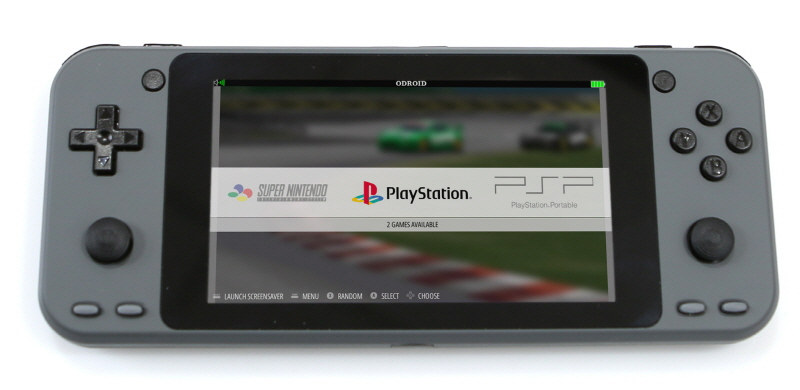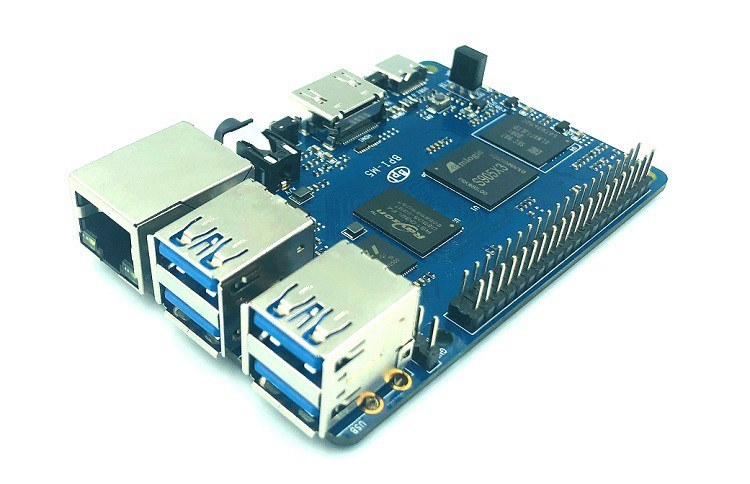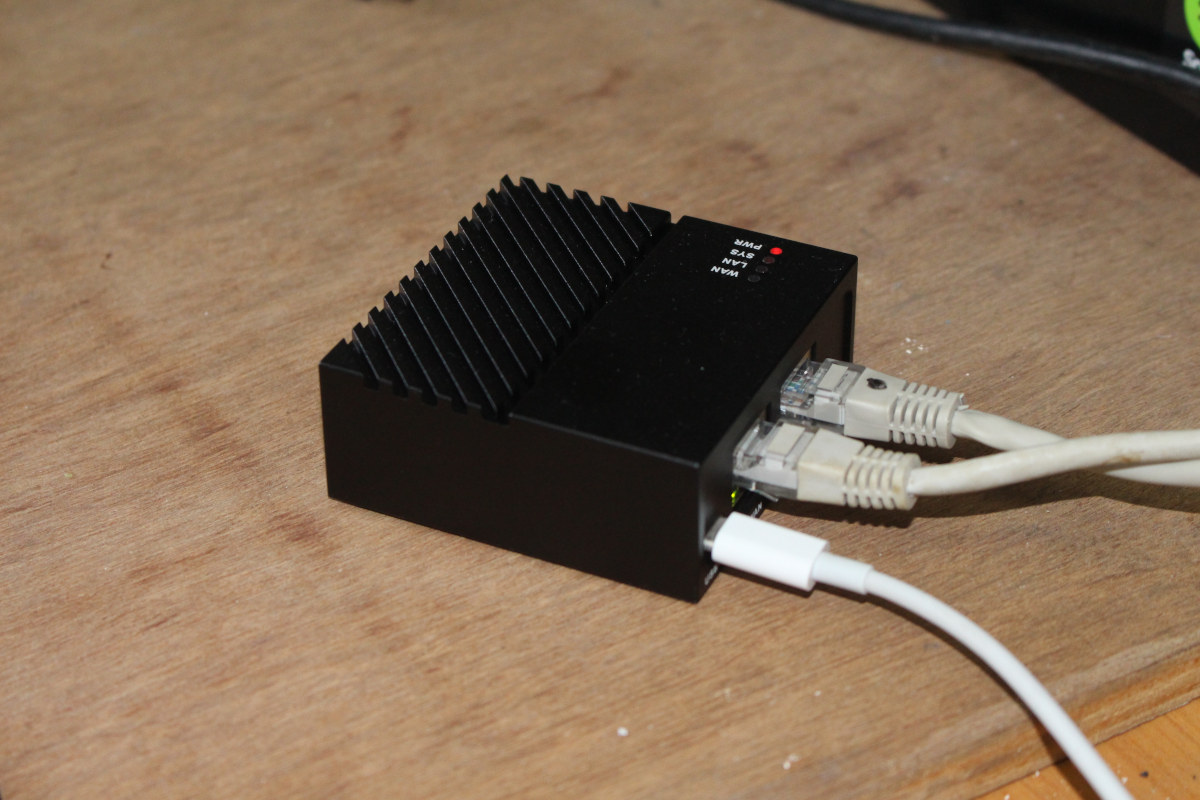Rockchip RK3399 and RK3328 are typically used in Chromebooks, single board computers, TV boxes, and all sort of AIoT devices, but if you ever wanted to create a cluster based on those processor, Firefly Cluster Server R2 leverages the company’s RK3399, RK3328, or even RK1808 NPU SoM to bring 72 modules to a 2U rack cluster server enclosure, for a total of up to 432 Arm Cortex-A72/A53 cores, 288 GB RAM, and two 3.5-inch hard drives. Firefly Cluster Server R2 specifications: Supported Modules Core-3399-JD4 with Rockchip RK3399 hexa-core Cortex-A72/A53 processor up to 1.5 GHz, up to 4GB RAM, and optional on-board 2.8 TOPS NPU (Gyrfalcon Lightspeeur SPR5801S) Core-3328-JD4 with Rockchip RK3328 quad-core Cortex-A53 processor up to 1.5 GHz, up to 4GB RAM Core-1808-JD4 with Rockchip RK1808 dual-core Cortex-A35 processor @ 1.6 GHz with integrated 3.0 TOPS NPU, up to 4GB RAM Configuration – Up to 9x blade nodes with 8x […]
Getting Started with Raspberry Pi Pico using MicroPython and C
Raspberry Pi Pico board was just launched last Thursday, but thanks to Cytron I received a sample a few hours after the announcement, and I’ve now had time to play with the board using MicroPython and C programming language. I went to the official documentation to get started, but I had to look around to achieve what I wanted to do, namely blinking some LEDs, so I’ll document my experience with my own getting started guide for Raspberry Pi Pico using a computer running Ubuntu 20.04 operating system. The instructions will be similar for Windows and Mac OS. Preparing the hardware In theory, we could just get started with the board alone, but since I got some headers with my board, I also took the opportunity to try out Pine64 Pinecil soldering iron powered by MINIX NEO P2 USB-C power supply. The soldering iron worked great for about one minute, […]
H2 Net Card adds four 2.5 GbE ports to ODROID-H2/H2+ SBC
ODROID-H2+ is already a cool single board computer with an Intel Gemini Lake Refresh processor, up to 32GB RAM, dual 2.5GbE networking, support for SATA and NVMe storage, dual 4K video output, and more. But in recent days, I’ve read people complaining recently announced WiFI 6 or WiFi 6E routers only had one 2.5 Gbps or 5 Gbps Ethernet jack and wanted all/more RJ45 connectors to be 2.5 GbE ports or greater. But if even the two 2.5GbE ports on ODROID-H2+ are not quite enough for your needs, Hardkernel H2 Net Card triples that amount by adding four extra 2.5 GbE to the x86 SBC. It also works on ODROID-H2, meaning you’d get the existing dual Gigabit Ethernet ports, plus the four 2.5GbE ports from the M.2 card. There’s no much in the way of specifications for H2 Net Card: 4x Ethernet ports up to 2.5 GbE via RTL8125 controller. […]
ECS LIVA Q1A Arm mini PC runs Linux or Android on Rockchip RK3288 or RK3399 SoC
ECS started the LIVA Q product line of tiny mini PCs in 2017, and so far all were based on low power, affordable Intel processors including last year’s LIVA Q1L/Q1D mini PCs powered by Intel Celeron or Pentium Apollo Lake processors. But at CES 2021, ECS will showcase its first Arm-based LIVA mini PCs with LIVA Q1A and Q1A Plus respectively powered by Rockchip RK3288 quad-core Cortex-A17 SoC and RK3399 hexa-core Cortex-A72/A53 processor running Linux or Android. ECS LIVA Q1A / Q1A Plus specifications: SoC LIVA Q1A – Rockchip RK3288 quad-core Cortex-A17 processor @ up to 1.6 GHz with Mali-T764 GPU LIVA Q1A Plus – Rockchip RK3399 hexa-core processor with 2x Cortex-A72 cores @ up to 1.8 GHz, 4x Cortex-A53 cores. and a Mali-T860MP4 GPU System Memory – 2GB LPDDR3-1600 Storage – 32GB (default) or 64GB eMMC flash, 1x MicroSD slot Video and audio output Both models – 1x HDMI […]
Rock Pi X Review – An Atom x5 SBC running Windows 10 or Ubuntu 20.04
The ROCK Pi X is the first x86 SBC (single board computer) from Radxa and resulted from repeated enquiries about running Windows on their earlier ROCK Pi 4. The ROCK Pi X comes in two models (Model A and Model B) with each model having either 1GB, 2GB, or 4GB of RAM and either 16GB, 32GB, 64GB, or 128GB of eMMC storage. Additionally, the Model B includes WiFi and Bluetooth together with supporting Power over Ethernet (PoE) although this requires an additional HAT. Both Seeed Studio and Radxa provided samples and in this review, I’ll cover some performance metrics from both Windows and Ubuntu and also discuss the thermals. Rock Pi X Hardware Overview The ROCK Pi X is similar in size to a Raspberry Pi board… but with slightly different ports and port locations even when compared to the Raspberry Pi 4. It is physically slightly larger than its […]
ODROID-Go Super Ubuntu portable gaming console gets a larger 5-inch display
Hardkernel introduced ODROID-Go ESP32-based portable gaming console in 2018. The following year, the Korean company went up the scale with ODROID-Go Advance (aka OGA) running Linux on Rockchip RK3326 quad-core Cortex-A35 processor. We’ve now got a new 2020 announcement with ODROID-Go Super (OGS) with most of the same specifications as OGA, but a larger 5-inch 854×480 display replacing the 3.5-inch 480×320 display, a higher capacity battery, and the addition of a second analog joystick and dedicated volume buttons. ODROID-Go Super (preliminary) specifications: SoC – Rockchip RK3326 quad-core Arm Cortex-A35 processor @ 1.3GHz with Mali-G31 MP2 GPU System Memory – 1GB DDR3L @ 786Mhz, 32 Bits bus width Storage – 16MB SPI Flash for bootloader, push-push Micro SD Card slot (UHS-1 Capable interface) Display – 5-inch 854×480 TFT LCD (MIPI-DSI interface) Audio – 3.5mm earphone stereo jack, 0.5Watt 8Ω Mono speaker USB – 1x USB 2.0 host port Buttons – F1, […]
Banana Pi BPI-M5 SBC with 4GB RAM, 16GB flash launched for $53
Last September, we wrote Banana Pi team was working on an Amlogic S905X3 SBC called BPI-M5 and very similar to Hardkernel ODROID-C4 board launched in April 2020. At the time, we noted the Banana Pi BPI-M5 did add a 16GB eMMC flash on-board by default, while ODROID-C4 requires booting from a MicroSD card or a separate eMMC flash module. We also pointed out software and community support is usually much better for the ODROID board, and it was brought to our attention that BPI-M5 board uses 5V voltage only via USB-C, while the Hardkernel board support a wider 5.5V to 17V via a power barrel jack, and this could lead to potential power issue for customer connecting drives to USB 3.0 ports. The good news is that you can now buy Banana Pi BPI-M5 SBC on Aliexpress for $53 plus shipping. Banana Pi BPI-M5 specifications haven’t changed, and we can […]
NanoPi R4S SBC preview with OpenWrt and Ubuntu Core
Rockchip RK3399 powered NanoPi R4S router SBC launched at the beginning of the month, and FriendlyELEC kindly sent a review sample to CNX Software. I intended to test thermally performance, Ethernet, and USB like I did for NanoPi R2S and NanoPi NEO3, but Armbian is not available right now, so I could not use some of the tools I normally used right now. So instead, I tested the board/gateway with the image from FriendlyELEC. First FriendlyCore based on Ubuntu Core 20.04, but there some issues which we’ll detail in this preview, so I then switch to FriendlyWrt built upon OpenWrt 19.07 which works better, but I still encountered some problems. That’s just to say it might be better to wait a little longer until Armbian images are released, or until FriendlyELEC fixes some of the shortcomings. NanoPi R4S gateway unboxing Before testing the software, let’s see what I’ve received. NanoPi […]


